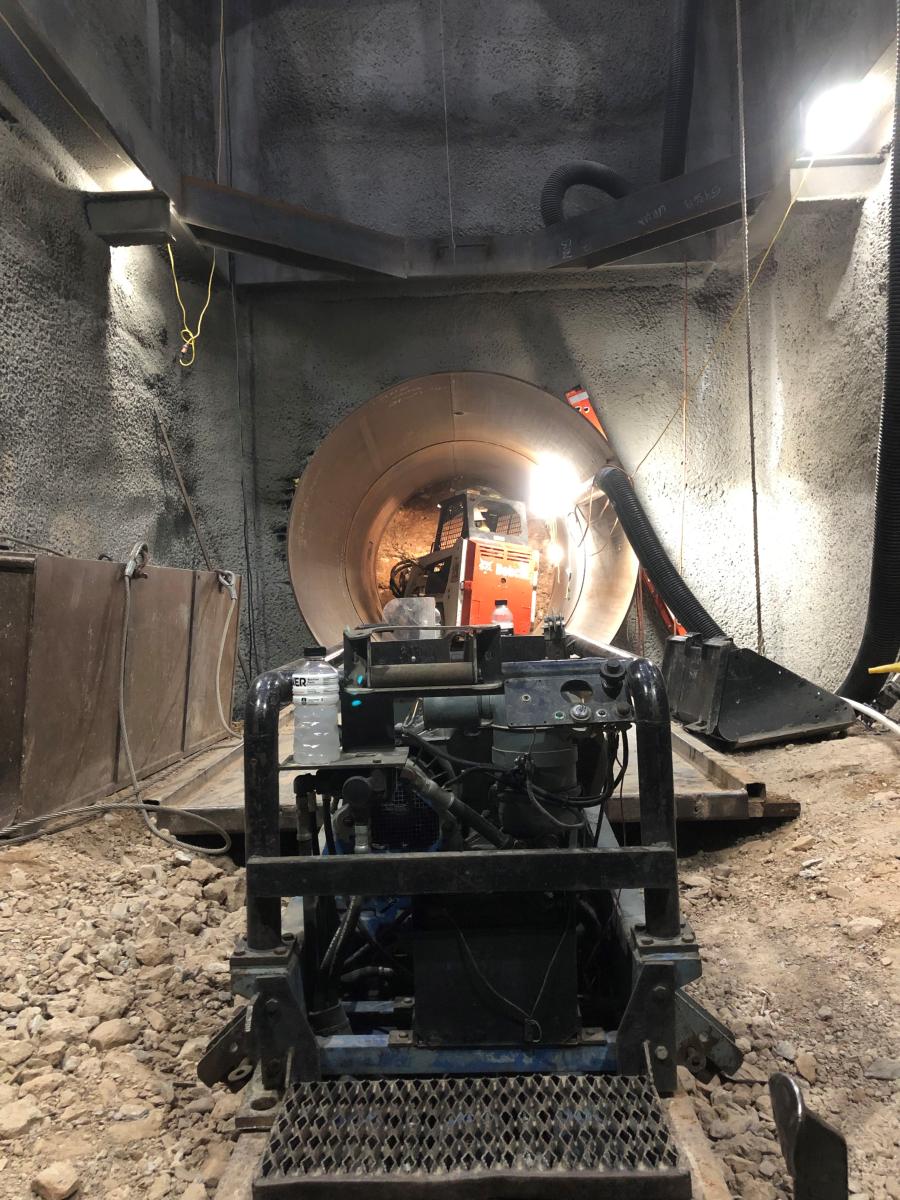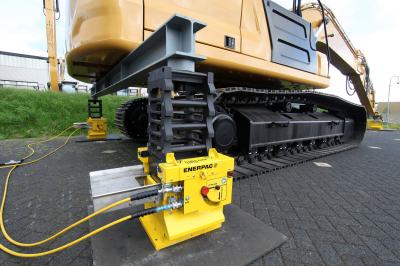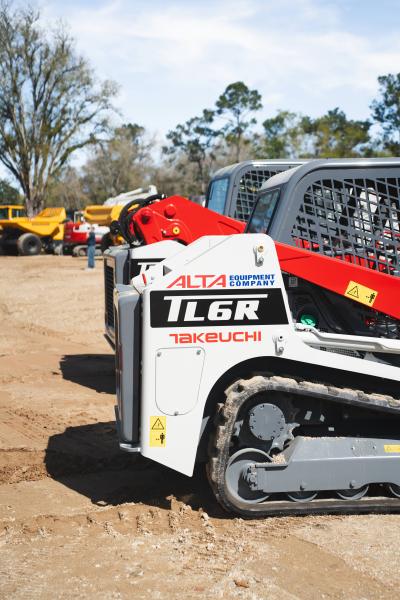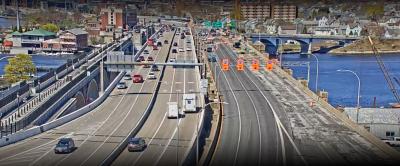Photo courtesy of SSC Underground
SSC Underground utilized trenchless technology to build an underground pipeline to supply a backup water supply from two rivers in Phoenix.
In an effort to combat the effects of a drought in the Southwest United States, the city of Phoenix deployed SSC Underground to provide a underground pipeline to supply a backup water supply from the Salt and Verde Rivers.
Phoenix's drought pipeline project included 12 miles of new pipeline and four booster pumping stations. SSC Underground provided the tunneling portion of the job, working with lead contractors Sundt Construction, six tunnels over four miles; PCL, three tunnels in a water treatment plant; Kiewit, one tunnel in a single location.
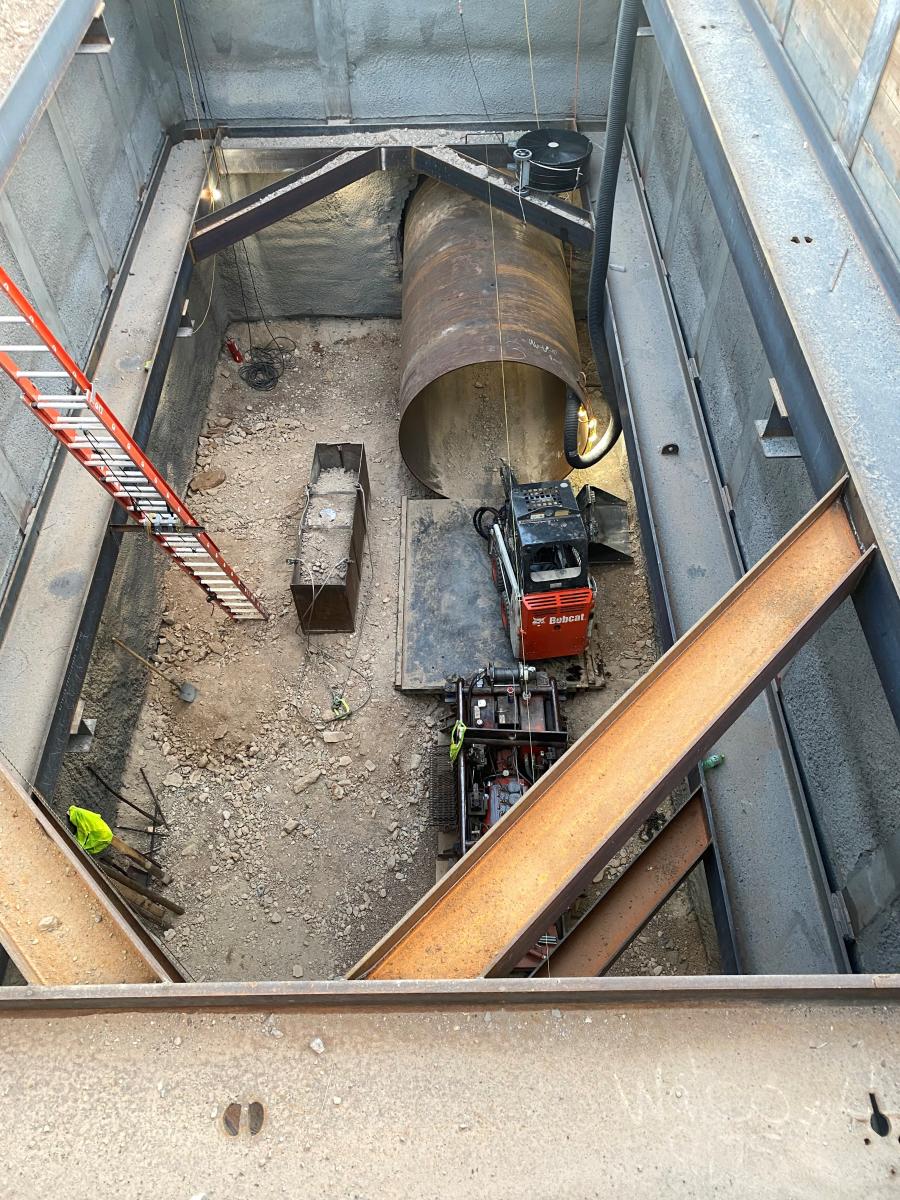
Photo courtesy of SSC Underground
SSC Underground was tasked with using trenchless technology to burrow through the earth, allowing traffic and everyday life to continue overhead with minimum interruptions.
The trenchless technology allows for the placement of casing under freeways, canals, roads, railroad, light rail tracks and anywhere else that open cutting or disturbing the surface is not feasible. These options place steel casing in sizes ranging from 8 in. to more than 120 in. to carry a variety of carrier line types and sizes.
This approach used small skid steers to dig through the rocks and dirt. Workers then used jack-and-bore equipment to push the steel casing into the newly created hole. In the Sundt project, the enormous casings were 10 ft. long and 86 in. in diameter, tall enough that the entire Phoenix Suns professional basketball team could walk through without having to stoop.
Once the tunnel construction began, precision digging was required. On the Sundt section of the job, the workers needed to dig a tunnel so that the casings would connect the pipe being laid by Sundt in open-cut trenches with approximately one inch tolerance.
SSC Underground began working on the project in 2019 and finished in 2022. SSC's consulting division worked closely with design engineers and other contractors to devise an underground road map for the work. Using its underground potholing fleet, the crew located existing utility lines so that they could be relocated or pipeline alignment could be designed around them.
"Every dollar spent on pre-construction potholing / SUE saves $7.82 in construction costs," said Arvid Veidmark, President of SSC. "Often when tunnelling we will find previously unknown infrastructure, even gas lines, which of course can be quite dangerous."
The tunnel crew installed the steel casings underneath major arterial roadways and intersections, , neighborhood streets and an active water treatment plants. Ground conditions ranged from caliche, cemented cobbles, alluvium and hard dirt. Each day seemed to bring its own set of challenges as workers changed strategy to fit the soil requirements. The job required 12+ trenchless installations. Workers managed each operation to minimize disruption to the public while considering time, cost and risk.
SSC kicked off the tunnelling with a 105-ft. installation of 66-in. casing for a 48-in. waterline under Glendale Avenue at the base of Piestewa Peak Mountain, using a motorized boring unit from Robbins to perform this crossing as the ground was solid rock. Working for Kiewit, this crossing was a key connection as this section ran through neighborhoods and had a major impact to residents.
The second segment included six 86-in. diameter tunnels under intersections along the 32nd Street alignment for a total of 834 ft. for a 66-in. waterline. These tunnels were constructed using an S70 Bobcat skid steer equipped with either a hammer attachment or a rotary head to do the digging in hard dirt conditions. Production varied between 3 ft. to 9 ft. of installation per shift. As a subcontractor to Sundt Construction, SSC worked as a partner to sequence the tunnels to minimize traffic lane closures and keep access as open as possible to the many businesses along this corridor.

Photo courtesy of SSC Underground
"Our deepest dig was 33 feet underground," said Veidmark. "That was inside the water treatment plant. Our work teams had to keep the equipment running yet remain vigilant while tunneling under roads and important structures. We stayed away from a reservoir and a traffic intersection. Often, they found some previously undiscovered underground structure. They had to decide whether to have it removed or tunnel deeper or go around it."
The final segment of SSC's installations was for PCL Construction. The digging team installed three 96" tunnels at the origination point of the pipeline, the 24th Street Water Treatment Plant. Using the same skid steer method as in earlier digs, the workers encountered solid rock conditions, averaging 18" per shift of tunnel advancement.
These three tunnels — 35 ft., 115 ft. and 101 ft. in length — connect four pits for installation of a 72-in. waterline. Three of the four pits were constructed as semi-permanent structures to allow for the angles and elevations necessary to complete the connections.
Not only did work teams have to deal with hard rock, but also surprising weather emerged. "Several times our teams came to work and discovered that the pit had been flooded in the night. We simply pumped out the water and went to work."
Methodology
SSC utilizes its equipment and resources to perform crossings utilizing a variety of trenchless methods including:
- Horizontal earth auger boring;
- Hand tunnelling;
- Small boring unit (SBU);
- Boring machine tunnel attachment (BMTA);
- Pneumatic pipe ramming.
All of these options follow a similar procedure of working out of a bore pit to form a bore or tunnel horizontally through the earth to a reception pit while the steel casing is jacked into place where the earth has been removed. The carrier line (utility) is then jacked or pushed into the steel casing once it is fully installed.
The choice of methodology is dependent on a multitude of factors including soil conditions, jobsite access, length and size of casing, time constraints and type of carrier line being installed. SSC has the experience in these and many other methods to help make your project successful. CEG
Today's top stories



